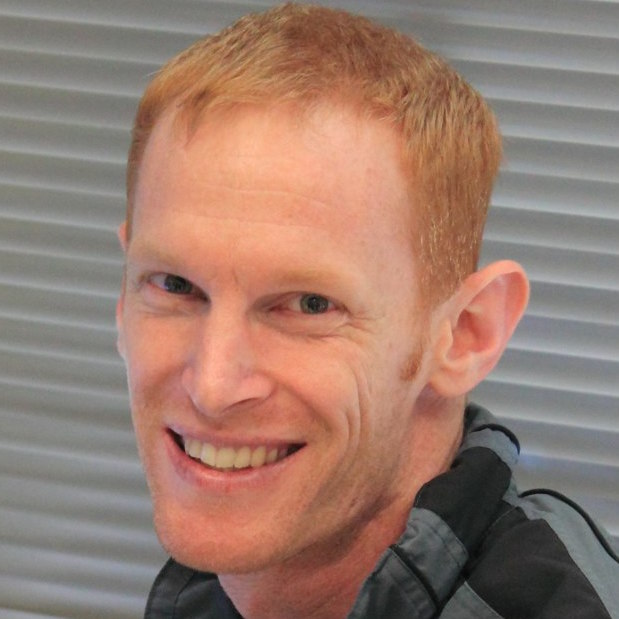
Jason Nathanson
Post-Doctoral Fellow
Alumni
Cellular and Molecular Medicine
nathanson at ucsd.edu
Degrees
Ph.D. Bioengineering, University of California, San Diego, 2008
B.S. Bioengineering, University of California, San Diego, 2001
Summary
Jason Nathanson received his B.S. and Ph.D. in Bioengineering from the University of California San Diego in 2001 and 2008, respectively. For his graduate studies, he trained in the labs of Dr. Edward Callaway and Dr. Fred Gage at the Salk Institute for Biological Studies. In Dr. Callaway’s lab, Dr. Nathanson developed tools to study brain circuitry and advance gene therapy by creating viruses aimed at targeting subtypes of inhibitory neurons in mammals. He designed and tested multiple short promoter designs in viruses, including promoter sequences evolutionarily conserved among mammals and co-expressed genes; sequences derived from genes evolutionarily conserved in the puffer fish Fugu rubripes; and minimalist promoter sequences assembled from transcription factor building blocks. In Dr. Gage’s lab, Dr. Nathanson used laser capture microdissection in combination with DNA microarrays to profile gene expression in the subgranular zone of the hippocampus. This work focused on identifying the transcriptional signatures among the diverse cell types that contribute to the neurogenic nature of this region. Dr. Nathanson is now studying the roles of coding and non-coding RNAs expressed in the stem cell niche. Using RNA cloning and high-throughput sequencing, he is identifying RNAs expressed in human embryonic stem cells and induced pluripotent stem cells, as well as their differentiated progeny.
Publications
Maria C. N. Marchetto, Inigo Narvaiza, Ahmet M. Denli, Christopher Benner, Thomas A. Lazzarini, Jason L. Nathanson, Apua C. M. Paquola, Keval N. Desai, Roberto H. Herai, Matthew D. Weitzman, Gene W. Yeo, Alysson R. Muotri, & Fred H. Gage. Differential L1 regulation in pluripotent stem cells of humans and apes. Nature. 2013
LIN28 binds messenger RNAs at GGAGA motifs and regulates splicing factor abundance. Wilbert MW, Huelga SC, Kapeli K, Stark TJ, Liang TY, Chen SX, Yan BY, Nathanson JL, Hutt KR, Lovci MT, Kazan H, Vu AQ, Massirer KB, Morris Q, Hoon S, Yeo GW. Molecular Cell, 2012. [Mol Cell
Heider B, Nathanson JL, Isacoff, E, Callaway EM, Siegel R. Two-photon Imaging of Calcium in Virally Transfected Striate Cortical Neurons of Behaving Monkey. PLoS One. 2010;Nov 4;5(11):e13829 [PMID: 21079806]
Nathanson JL, Jappelli R, Scheeff ED, Manning G, Obata K, Brenner S, Callaway EM. Short Promoters in Viral Vectors Drive Selective Expression in Mammalian Inhibitory Neurons, but do not Restrict Activity to Specific Inhibitory Cell-Types. Front Neural Circuits. 2009;3:19. Epub 2009 Nov 9 [PMID: 19949461]
Nathanson JL, Yanagawa Y, Obata K, Callaway Preferential labeling of inhibitory and excitatory cortical neurons by endogenous tropism of adeno-associated virus and lentivirus vectors. Neuroscience. 2009 Jun 30;161(2):441-50. Epub 2009 Mar 24. [PMID: 19318117]
Yao W, Nathanson J, Lian I, Gage FH, Sung LA. Mouse erythrocyte tropomodulin in the brain reported by lacZ knocked-in downstream from the E1 promoter. Gene Expr Patterns. 2007 Dec;8(1):36-46. Epub 2007 Aug 29. [PMID: 17920339]